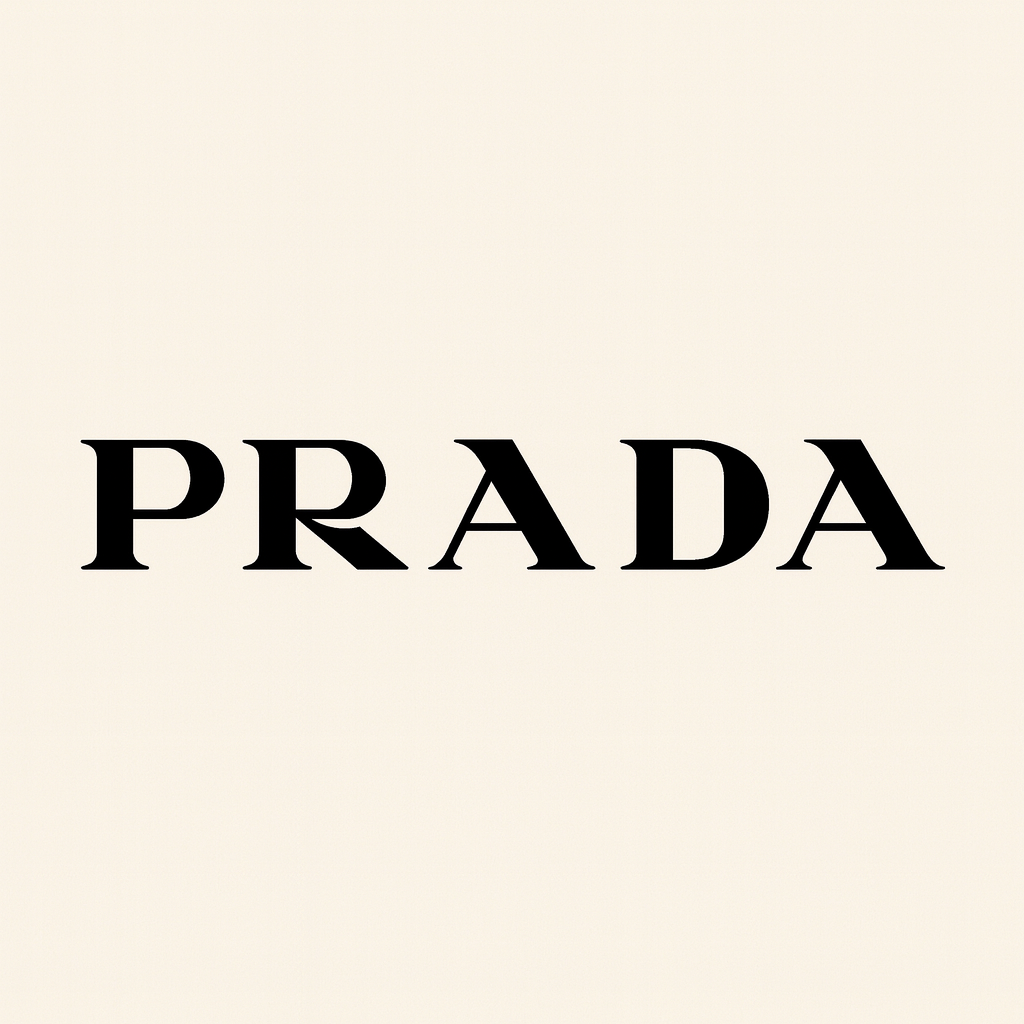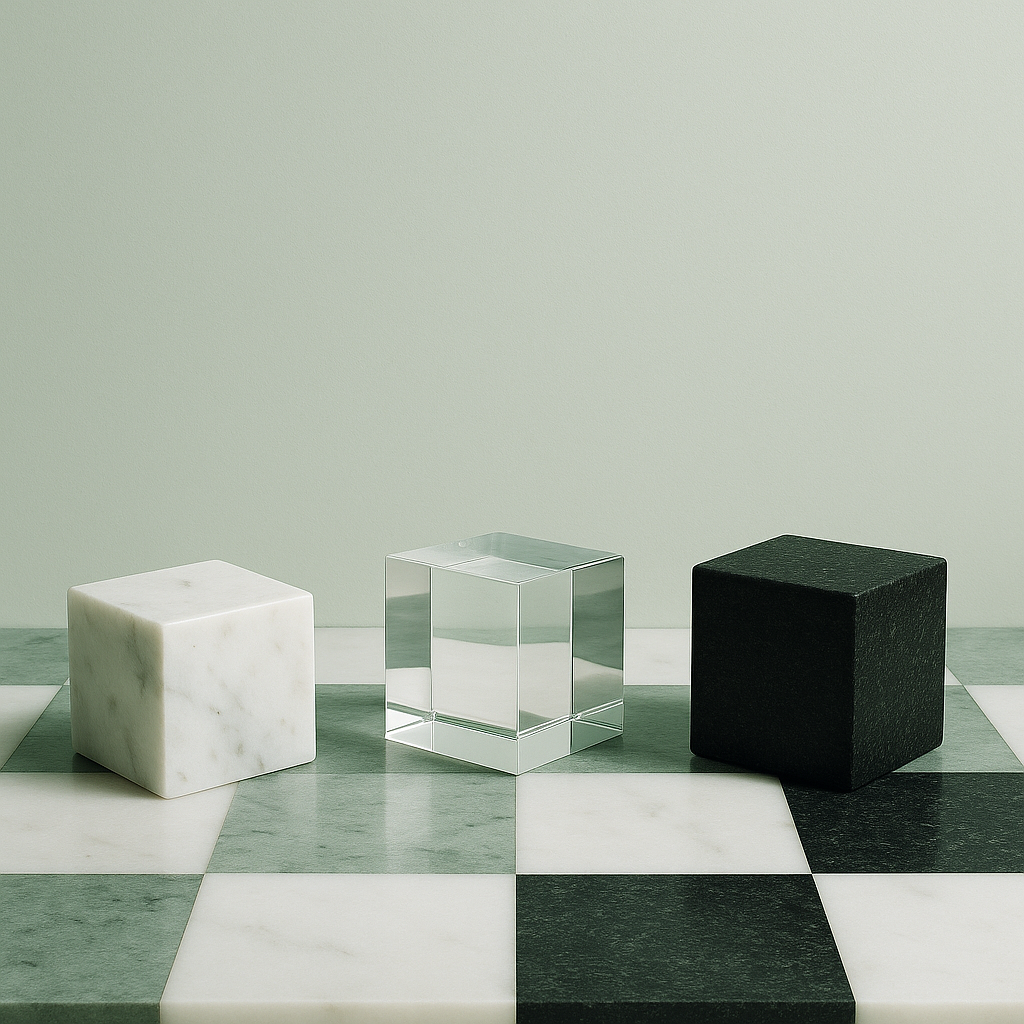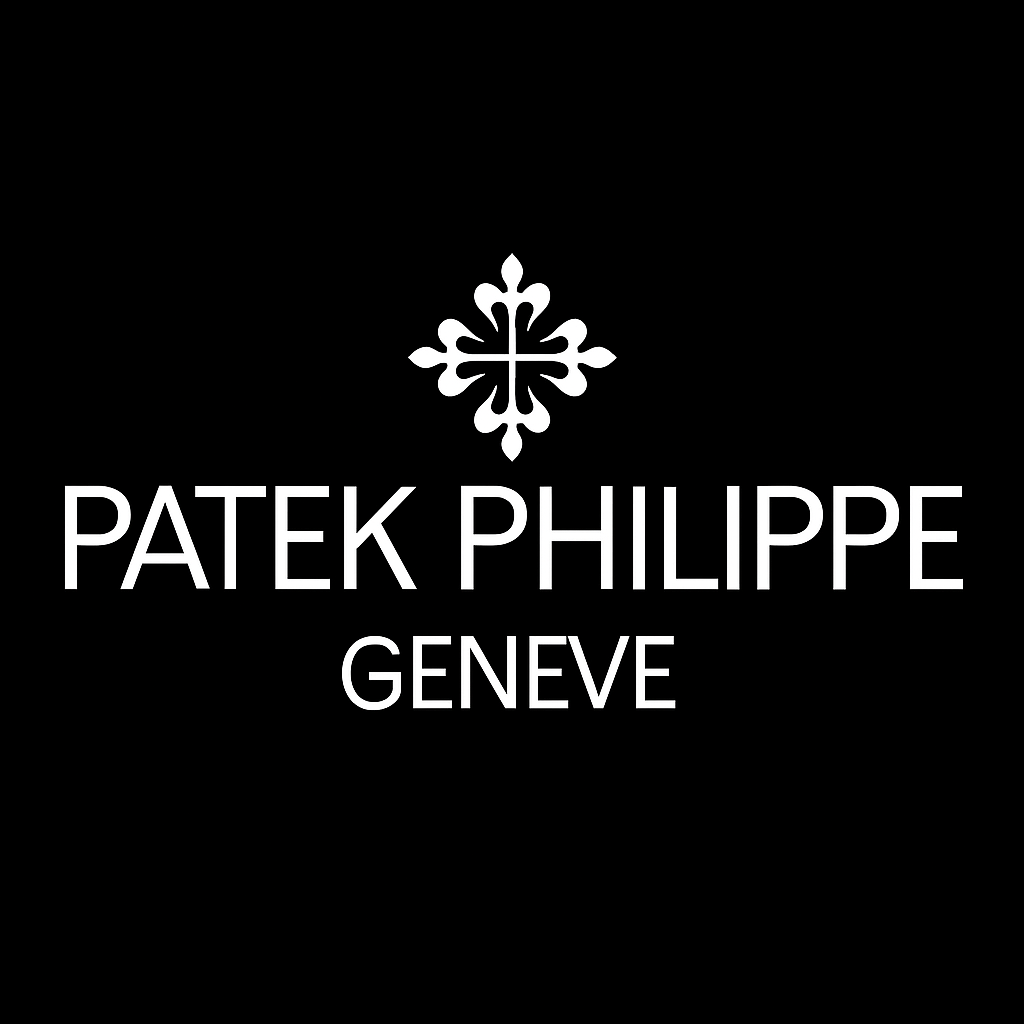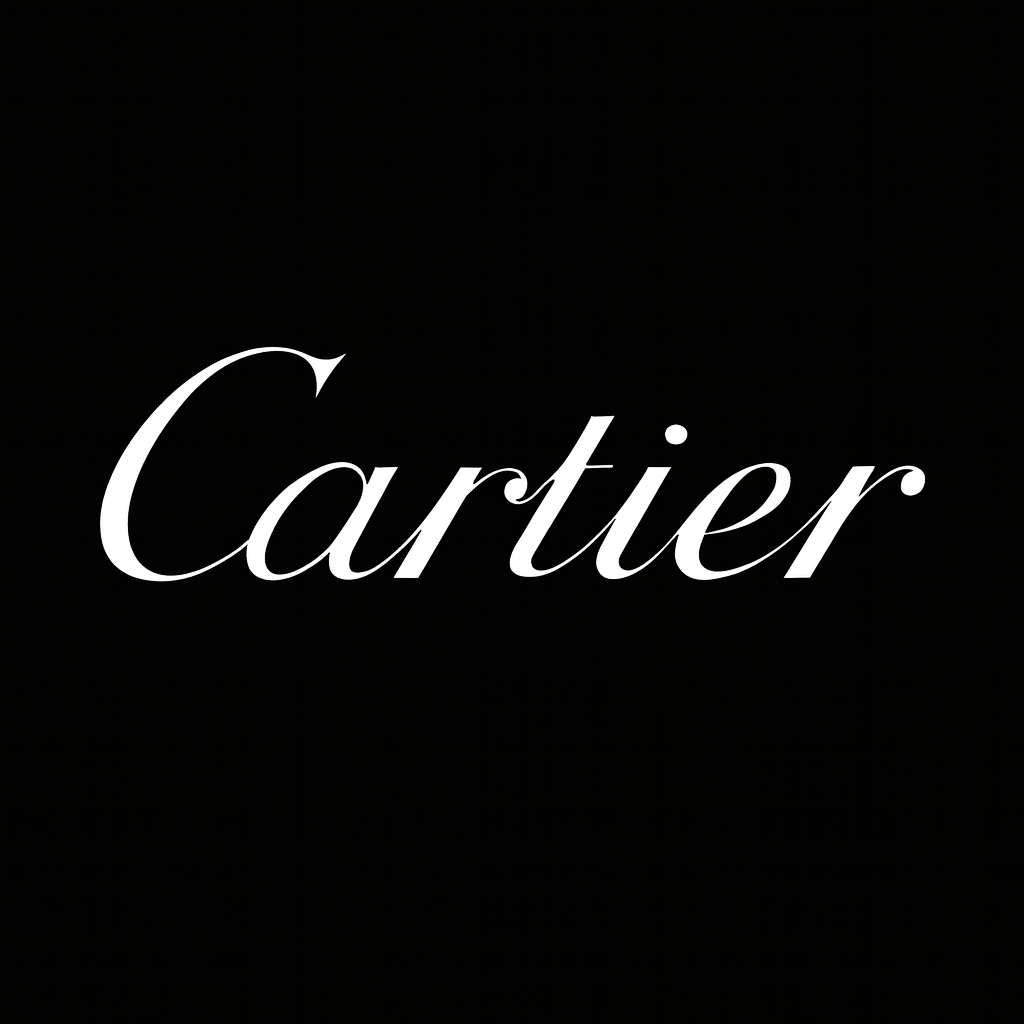
Prada
Prada S.p.A. sits in a rare (and slightly paradoxical) spot in global luxury. It’s regularly cited as a “global leader in luxury,” shorthand for polish and timeless style, yet its lasting success hinges on an unconventional back-and-forth with the modern world. Instead of just protecting heritage, the Prada Group calls itself a “Driver of Change,” using a deliberate, forward-looking vision to shape culture and the way fashion mirrors it. That mindset demands constant observation and curiosity, letting the brand catch and forecast the mood of the moment.
The core tension in Prada’s strategy comes from its shift from a 1913 Milanese maker of fine leather goods into what many now call a 21st-century “idea factory.” Led by Miuccia Prada, this move pushes the brand past easily copied looks and into intellectual and cultural territory.
The key to Prada’s edge is a managed clash of opposites, utility versus high fashion (nylon), intellectual curiosity versus mass appeal, and the classic versus the disruptive (“ugly chic”). This intentional friction lifts the brand beyond simple aesthetic consumption and secures both cultural relevance and commercial staying power.
Prada isn’t just selling a product; it’s selling a kind of sophisticated understanding. By letting an item feel polarizing at first, often resonating with “a few clever people”, the brand creates a conceptual gate, signaling that only those who truly “have taste” will get it, which becomes the highest form of exclusivity.
A Little bit of History
The company’s roots go back to 1913, when Mario Prada and his brother Martino opened “Fratelli Prada” in Milan’s Galleria Vittorio Emanuele II. From day one they focused on top-tier leather goods (luxury trunks, travel pieces, and crafted accessories) serving Italy’s elite. Choosing such a prestige address wasn’t accidental; Mario understood how location shapes perception and positioned the firm in luxury from the start. That heritage locked in quickly. Within a few years, Fratelli Prada became a go-to supplier for Italy’s aristocracy and then earned the rare status of official supplier to the royal House of Savoy.
Another key thread in the story cuts against traditional male succession. Mario planned to hand the business to his son, but when his son declined, leadership moved to his daughter, Luisa, and later to his granddaughter, Miuccia. That shift reads as a quiet in-house revolt and an early case of female empowerment, breaking with the era’s norms while keeping the brand moving forward.
Miuccia Prada took over in 1978 after her mother, Luisa, retired. Born Maria Bianchi in 1949, she grew up in a bourgeois Milanese setting yet pushed back against convention. She earned a doctorate in Political Science from the University of Milan in 1978 and was active in the Italian Communist Party and feminist movements throughout the 1970s. That academic discipline and political engagement shaped a distinct lens: she treated design as an intellectual act, not just an artisanal one. Her aim was to use fashion as cultural commentary, rethink femininity, and question standard ideas of beauty.
The modern Prada Group really takes shape in 1977, when Miuccia’s artistic vision met Patrizio Bertelli’s entrepreneurial drive. The two (who married in 1988) built a partnership that fused uncompromising creativity with disciplined, scalable growth. With 26 owned factories, Prada’s deep integration acts as a shield: it guarantees “uncompromised quality” and protects the craft needed for complex material advances (like Re-Nylon), letting the Group control the substance behind its intellectual image.
Miuccia’s design aims go beyond sales or surface appeal; she’s said she wants to add something to the world that moves past treating “beauty as an end in itself.” Her shows double as social commentary, built to make “men more sensitive and women stronger.” By testing limits and refusing standard ideals of beauty, she’s become a cultural figure who uses fashion to spark thought.
The Power of "Ugly Chic"
Prada’s highly influential “ugly-chic” was built to polarize and spark thought, which is why Miuccia has said that early on, “everybody hated what I was doing except a few clever people.”
“When I do ugly things it’s completely intentional,” because “ugly is attractive, ugly is exciting.”
That stance also creates demand-side scarcity. Classic luxury limits supply; Prada limits access by asking for an intellectual leap from the buyer. If a piece feels intentionally unsettling or initially “ugly,” it pulls in people confident enough to set their own standards instead of chasing mass trends. The engine here is the “snob effect”, a drive for uniqueness over conformity, which protects Prada’s cultural capital and supports its pricing power.
Prada also helped pushing sportswear into true luxury early on. In 1997 it launched the Linea Rossa line, timed with Patrizio Bertelli’s sailing passion and the creation of the Prada Challenge for the America’s Cup. That mix of high-end function and real performance (rooted in an authentic link to elite competition) gave luxury sportswear instant credibility. The look, often called “post-modesty,” rejects loud logos and ads. It favors an “intentionally undone” vibe, casting the wearer as “intellectual without being pretentious.”
Sustainable Innovation
Nylon (now a core part of Prada’s heritage and brand DNA) has been kept modern through steady tech upgrades. The Prada Re-Nylon project shows the Group’s push into sustainable, circular practice.
The materials can be recycled indefinitely without losing quality. Prada has folded this into its business plan with clear, ambitious targets: 30% of nylon products were Re-Nylon in 2023, with a goal of 100% by 2026.
The Necessity of Dual Branding
The financial success of the Prada Group relies heavily on the performance of its two core brands, Prada and Miu Miu (I will write about this brand in my next blog) which collectively account for approximately 90% of total revenue. The strategy involves strategic diversification and brand synergy, leveraging shared resources and infrastructure (such as the controlled manufacturing base) while rigorously maintaining distinct brand identities and consumer positioning. Although accessories are generally the primary revenue source for many luxury houses, Prada invests significantly in both leather goods and clothing, which together represent 80% of net sales.
The management recognizes the imperative to continually "sharpen the positioning" of both brands to maintain separate market territories and prevent brand dilution. The Prada mainline remains the anchor for prestige and intellectual depth, while Miu Miu is the agile, rebellious entity specializing in the "provocative personalities" of contemporary femininity.
Prada wins by sticking to the core rules of luxury while breaking the usual industry playbook to claim a clear intellectual edge. Prada knows how to follows and, when needed, flips! The result is a model where prestige comes from cultural exclusivity, not just economics.
By
September 22, 2024
.png)
.png)


